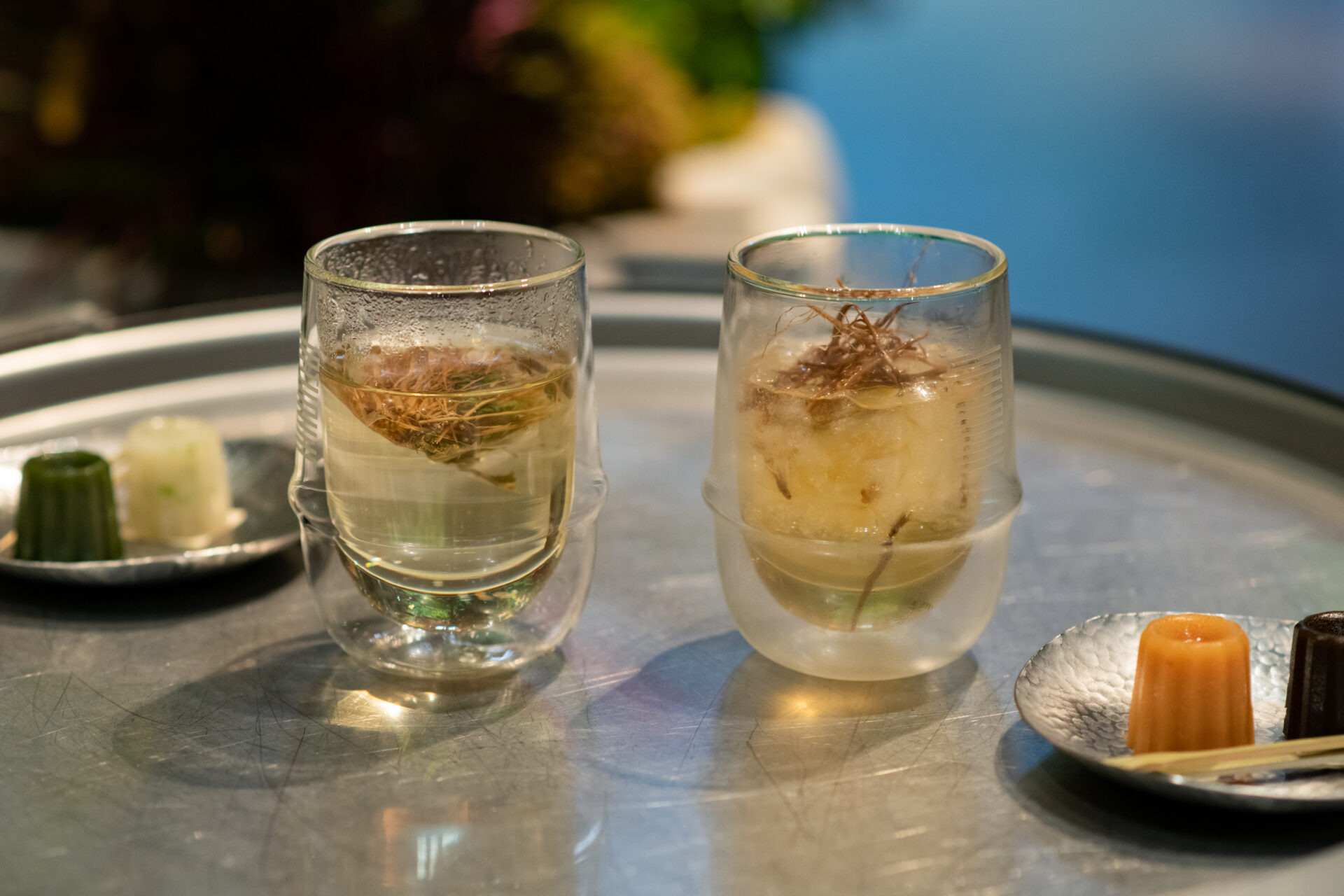A clean, refreshing scent fills the room. It clears the mind and calms the senses. This calming and healing fragrance is actually coming from…a root!
The first time I saw the root of a vetiver plant, my mind was filled with questions. At first glance the plant looks insignificant—what special power can the white and fine roots possibly have? What kind of plant is the vetiver plant?
The Japanese vetiver herb tea served at (THISIS)SHIZEN in Kyoto has a woody, earthy aroma unique to the root that softly fills the air, and the cool citrusy and sweet floral aroma mix intricately to create a very pleasant drink.
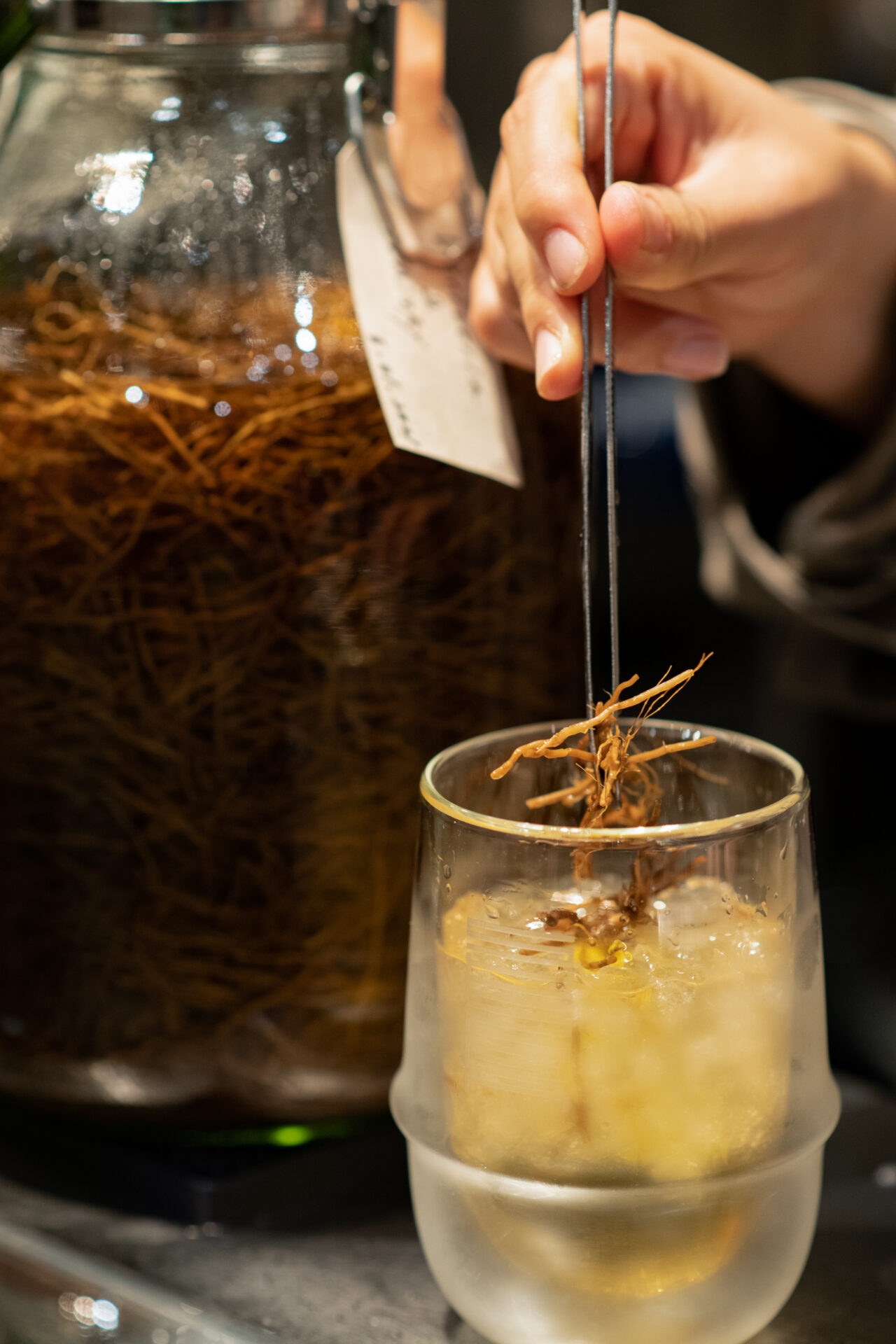
Vetiver is said to be the base ingredient for the CHANEL N°5 perfume. So what is it that attracts people to vetiver? We spoke with Eri Katayama, the founder of SAnoSA, a brand that uses Japanese vetiver for various products such as herbal water and aromatic goods, and is active in spreading the appeal of vetiver.
Vetiver plantation started by a natural disaster
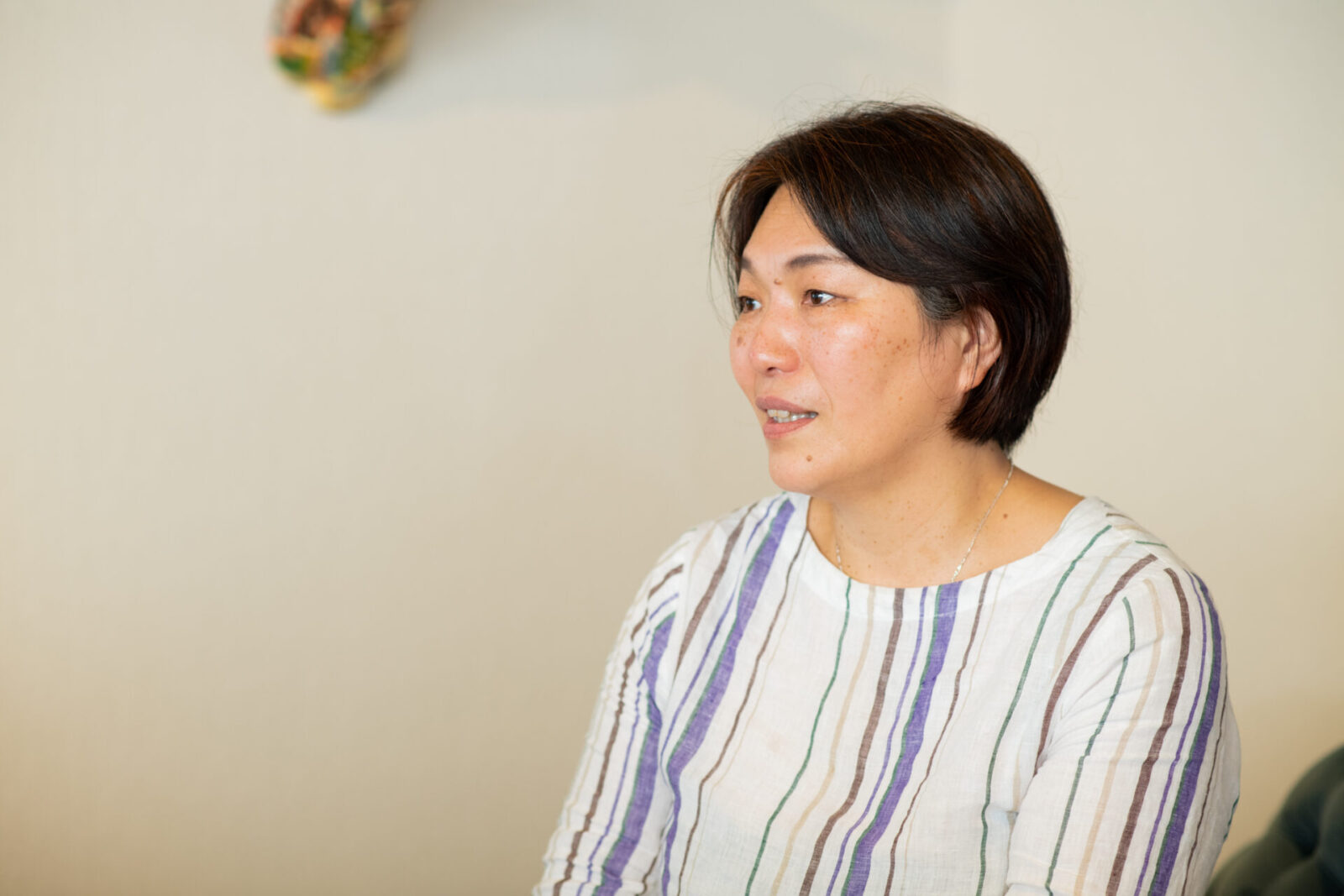
“Vetiver is a grass plant that has been used since ancient times. It is listed in the scriptures of Ayurveda, the world’s oldest traditional medicine reference with a history of 5 thousand years. It is said to have a calming effect, and is good for an upset stomach or feelings of blood rushing to the head. When we traced its history in Japan, we found that it is also mentioned in historic Buddhist medical scriptures.”
According to Katayama, vetiver has a long history of being used as a medicinal herb for multiple purposes. Besides the root, the grass was also used as material for thatching roofs.
Katayama first encountered the vetiver plant after her home was struck by a natural disaster.
“My family home is in Hoshinomura of Yame District in Fukuoka Prefecture. It is a very beautiful place where you can see the stars clearly at night. The region is known for Yame tea. However, the area was hit by a massive flood in 2012 and all of the tea plantations were washed away.”
Katayama’s younger brother was running the family business manufacturing and selling deodorant products for cars. They had received requests from customers for products made from natural ingredients so they had been importing vetiver from Indonesia to make their deodorant products from before.
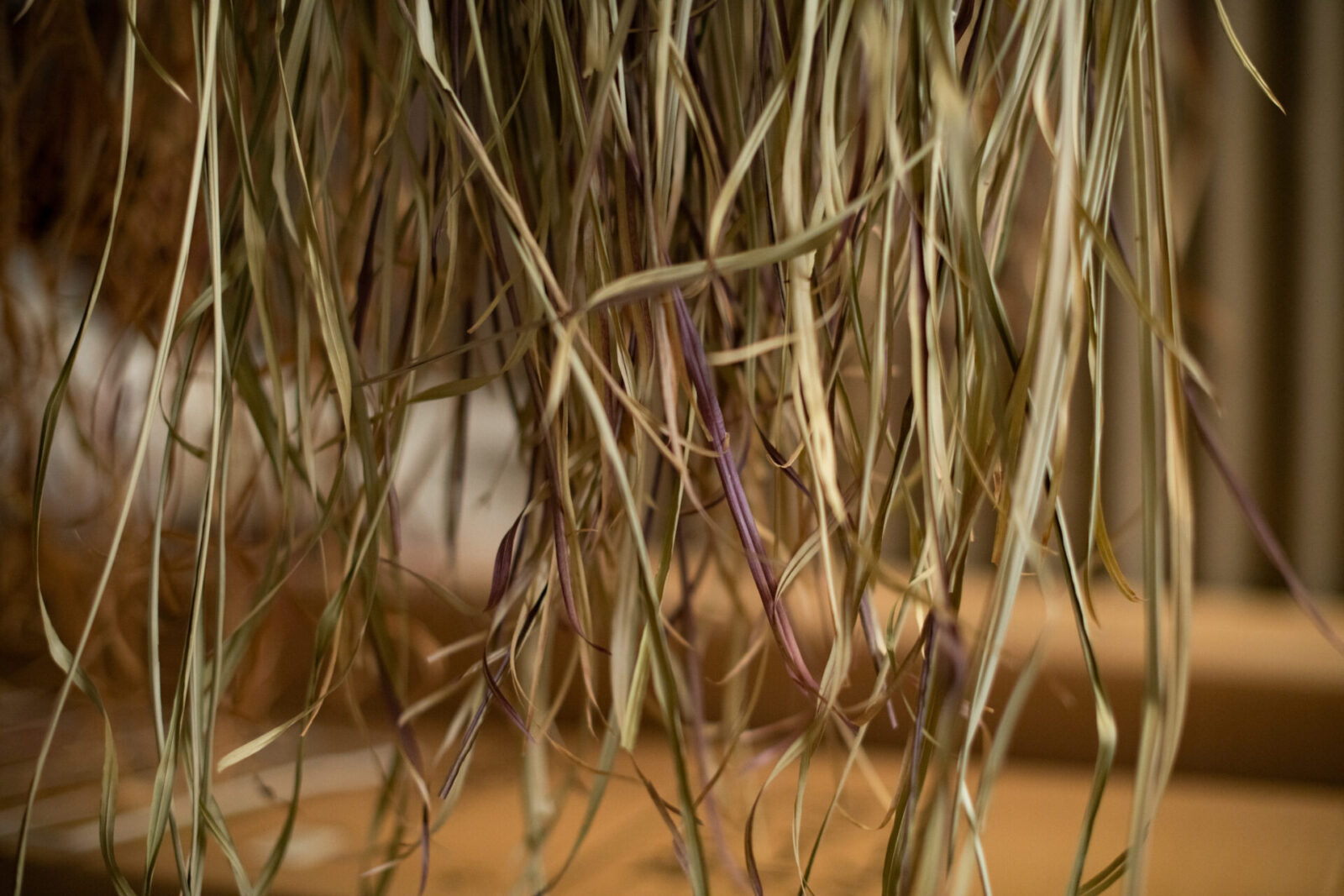
“In fact, vetiver plants have deep and strong roots, so they are considered a good soil retention plant and have been used in some regions of Japan for that purpose. After the flood, rather than covering the land with concrete, my brother wanted to create a more natural landscape so he began planting vetiver plants.”
Because vetiver is a tropical plant, they worried whether it would survive the winter, but it grew well in the Hoshinomura climate. They cleared the land of rocks and prepared the soil while experimenting with the best ways to increase the plants. Now they have over 5 thousand stubs.
Some time later, her brother learned that vetiver was considered a very valuable essential oil ingredient, so he began to experiment with methods of production and distilling to commercialize it.
He thought that if they could find a way to sell vetiver as an essential oil, not only will it become an income source for the local farmers, but they could also supply their own ingredients for their deodorant products. Furthermore, the plants will help with soil retention and prevent erosion on the land. They believed that vetiver production could create a new healthy agricultural and economic cycle for the region.
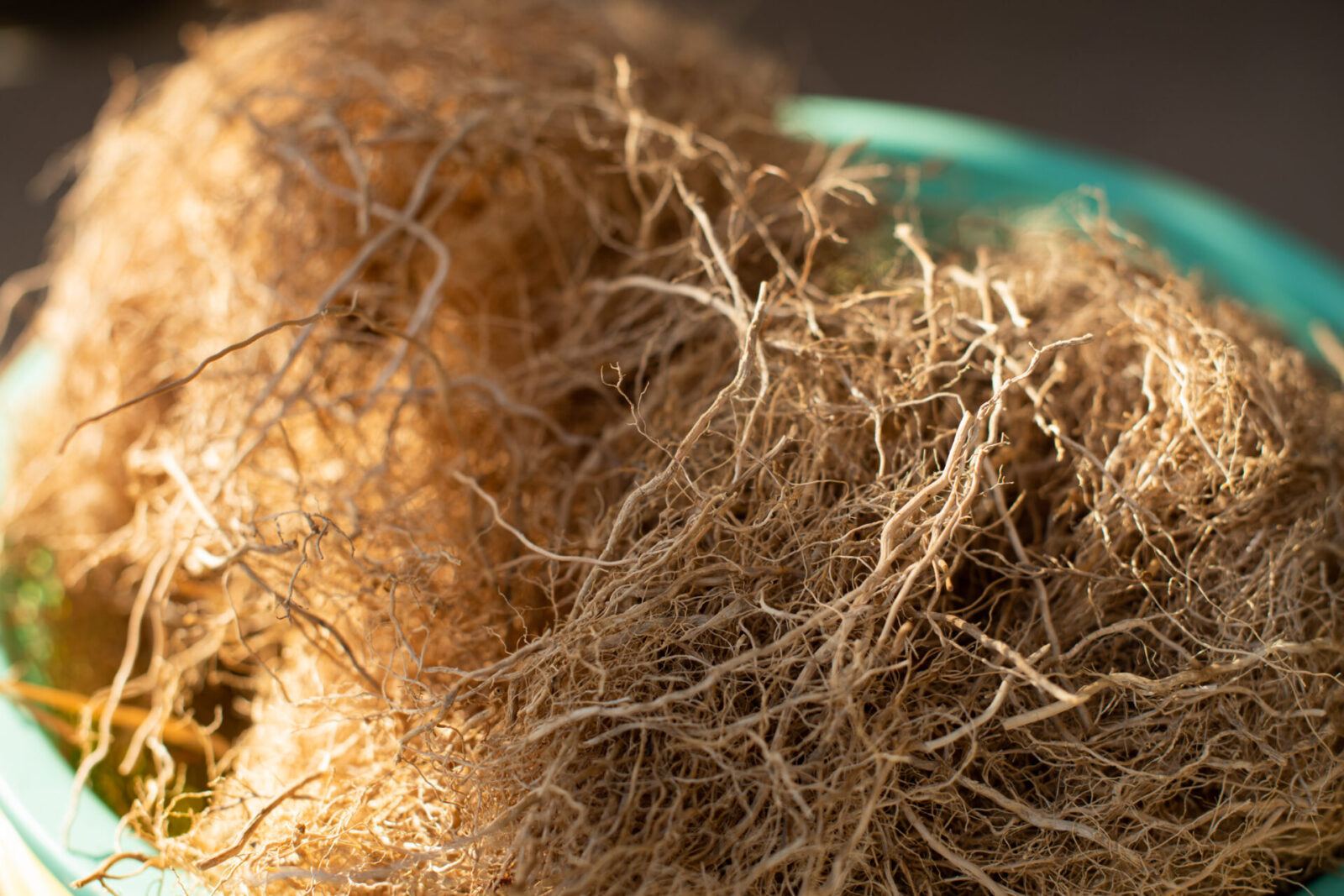
“Every month we analyzed the distillate, and experimented with the soil structure by adding volcanic ash and sand. We found that the roots older than two years and younger than three years created the best scenting essential oils. We received some government funding and when my brother was ready to begin taking product development to the next level, I was called in to be an advisor.”
A plant that gave relief and energy amidst the busyness
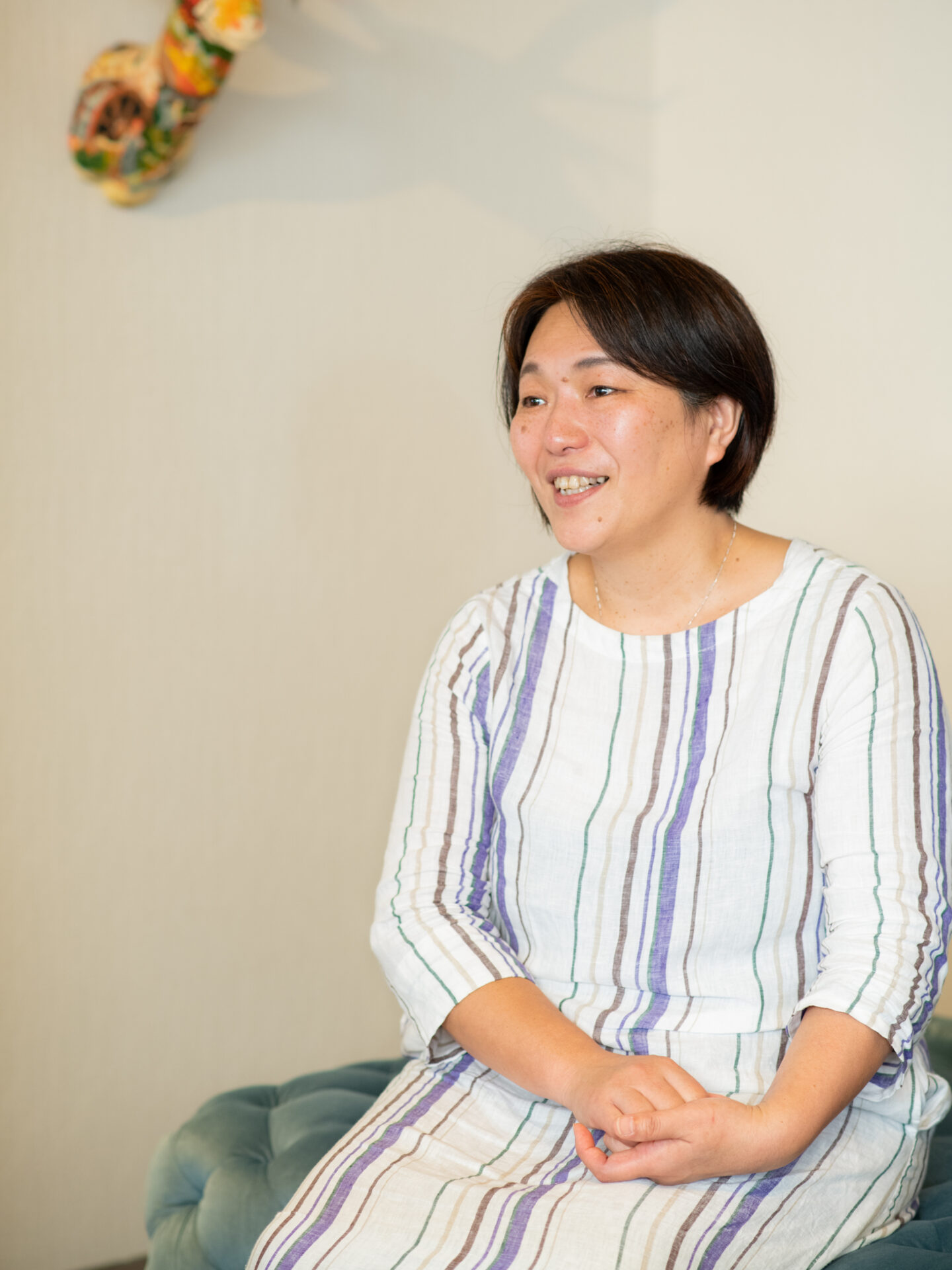
When Katayama was working for a big company, she worked as the company counselor, listening to the worker’s concerns and supporting staff to create a better working environment.
While searching for better ways to help people cope, where one can self mediate in addition to talking to someone about their problems, Katayama discovered ikebana, or flower arranging.
“I was initially unsure if I could sit still and arrange flowers well, but when I tried it I really enjoyed it. The school I attended was a Saga Go-ryū school, and they teach a method of arranging flowers that recreates natural scenery.”
“When I was arranging flowers I felt my mind relax, as if I was in a quiet meditation. I have always liked plants, and ikebana inspired my belief that plants would be helpful in helping people resolve their problems.”
Katayama continued to become a master in ikebana, but after she married and had three children, she found that she did not have the time for it anymore. Her husband’s work required her family to move around Japan often, and she was too busy with housework and raising her children.
In the midst of their busy lives, she found that time for herself was lost.
When she decided that she wanted to regain some time for herself, she remembered how plants once provided her with ease in the past. She began taking a herbalist correspondence course which led her to study the Bach flower remedies (a plant and flower remedy founded by an English doctor).
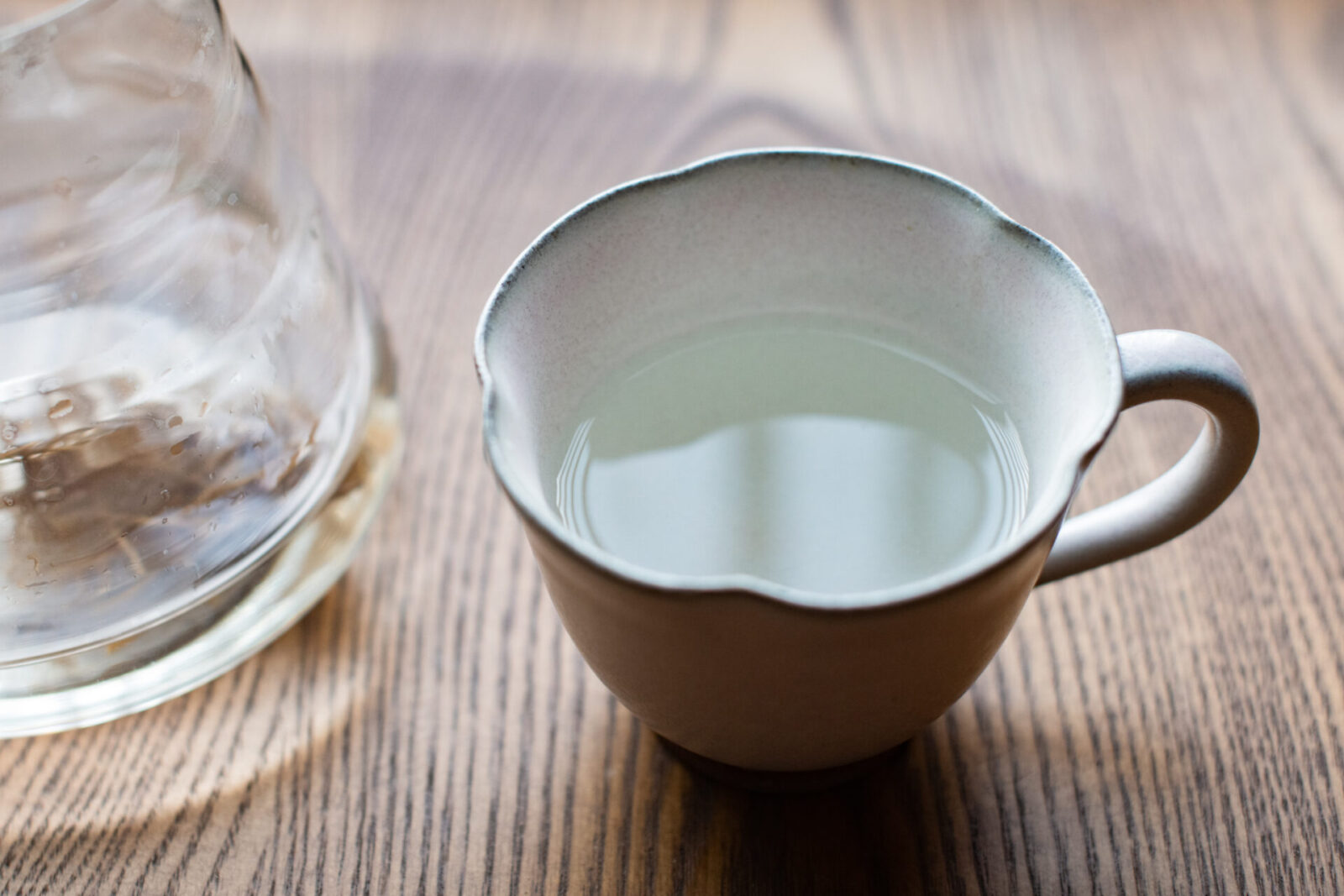
“As I began working with plants again, I found that I was less irritable, my negative emotions took a positive turn, and I had more energy. Even though I was just as busy, I was able to really focus on my studies. I felt so uplifted, almost like being in love, and I found hope in the fact that as long as I have flowers and plants in my life, I will be okay.”
Katayama deepened her knowledge on plants and remedies, and eventually got a license in the field. When she began working as a specialist, her brother asked her to be an advisor for the family business and she began working with vetiver in 2013.
From Hong Kong to India, a journey to study vetiver
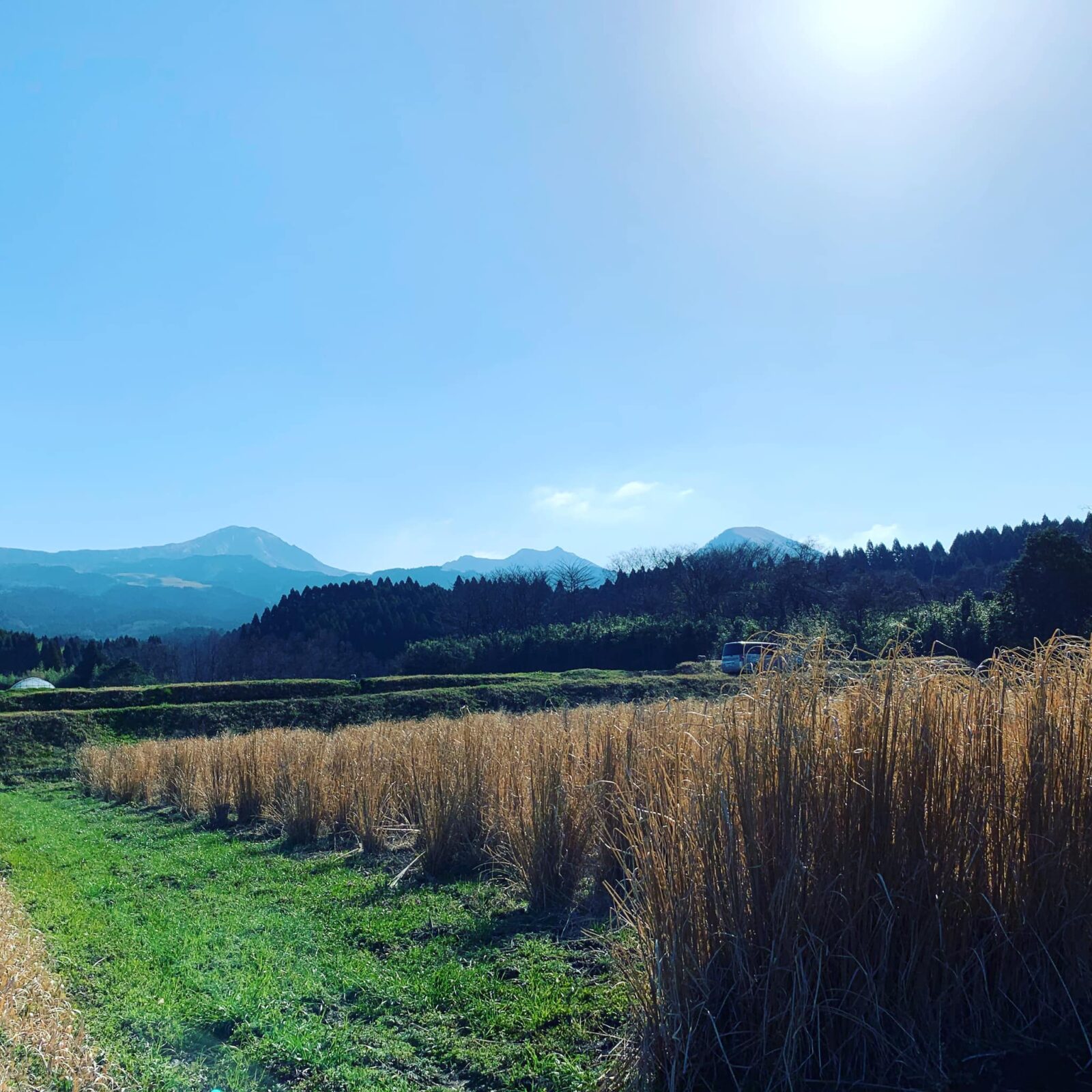
The first time Katayama saw vetiver in Hoshinomura, she recalls “It looked like a golden wheat field and the sight of the plants shining in the wind was so beautiful.” The vetiver plant has strong roots that can withstand typhoon winds, but Katayama sees it as a graceful plant that has a soft and gentle presence.
The more Katayama learned about the history, culture, and effects of vetiver, the more she became intrigued by it.
Katayama’s passion for vetiver knew no limits. She traveled anywhere to expand on her knowledge.
Not only did she travel around Japan, she traveled to Hong Kong for marketing. When she learned that the highest quality vetiver oils in the world were made on Reunion Island, a French island located in the Indian Sea, she became desperate to travel there.
By chance, one of her herbal teachers was French and had connections to the island and arranged for a tour. In 2016, she traveled to the island on the eastern side of Madagascar, which takes roughly 24 hours from Japan, and created ties with the local residents.
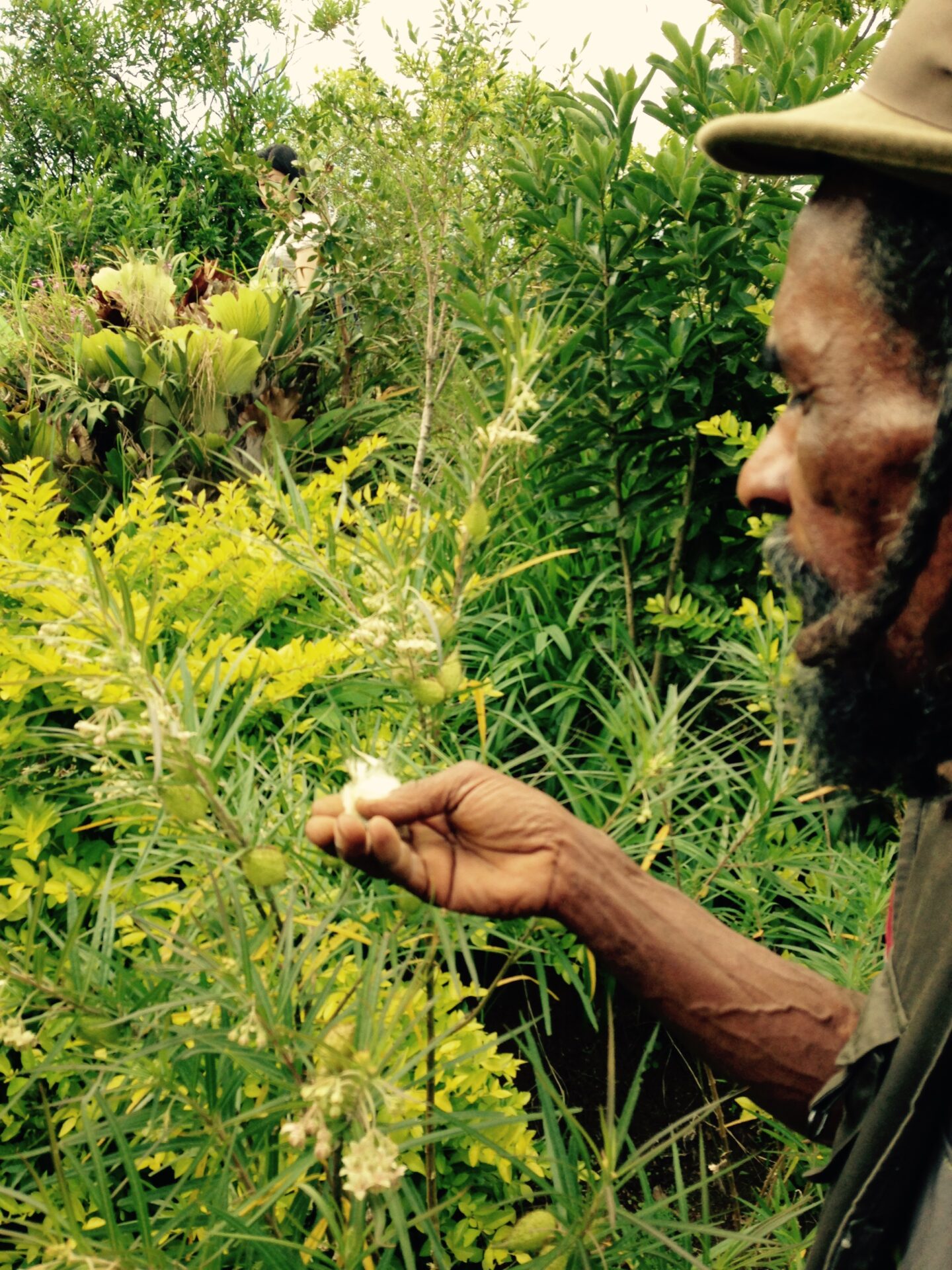
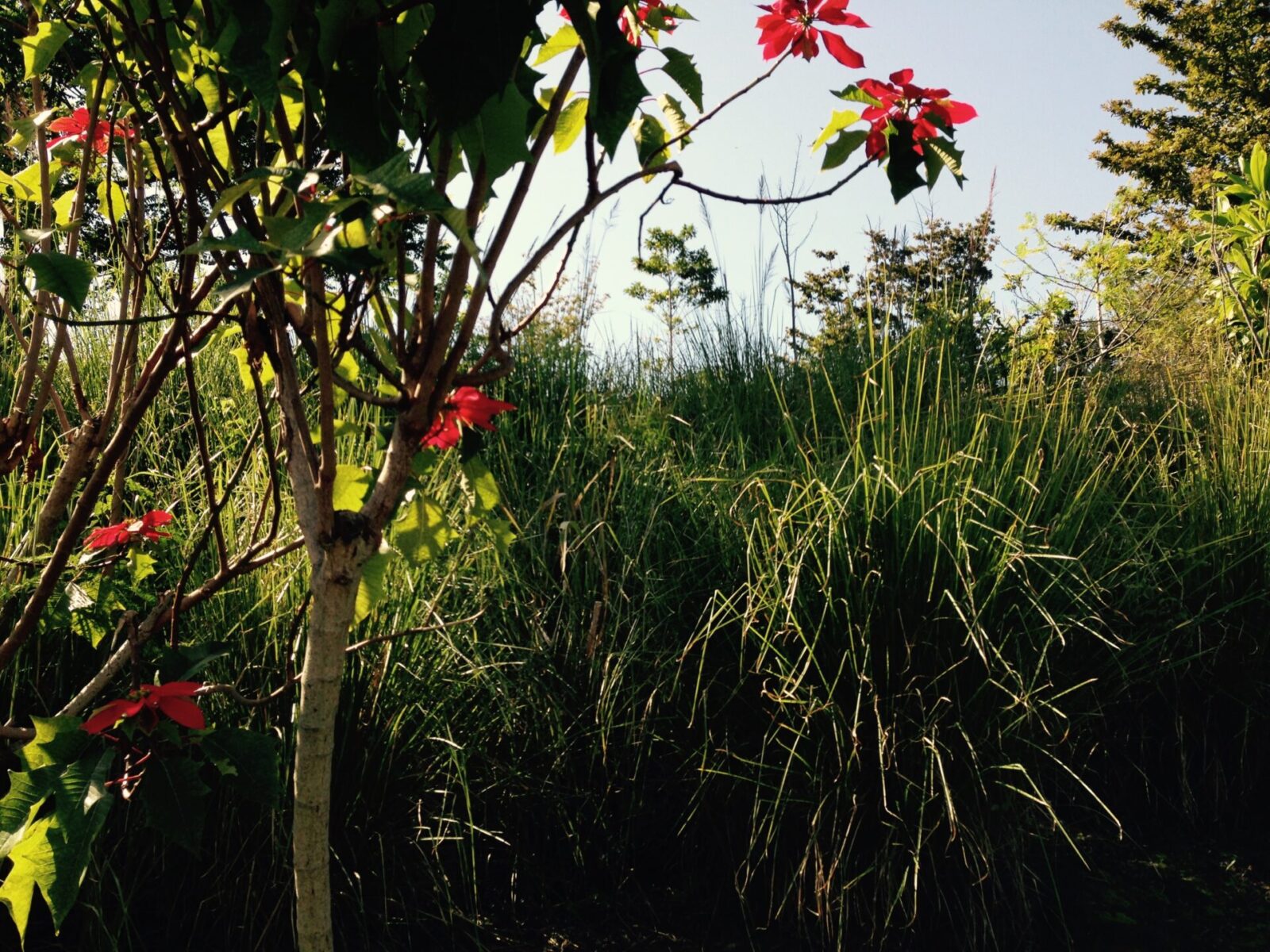
While researching information on vetiver oils Katayama found out about Soda Aromatics of Kaimon Sanroku Koryoen in Kagoshima.
This company has a history of making essential oils from natural plants from the late 1920s, and although they do not make vetiver anymore, they preserved quite a lot of detailed data on vetiver essential oils. They had done extensive research for seven years on vetiver as a product with high commercial potential.
When Katayama contacted them and asked for their data, they were pleased to share the usually confidential data with her because they hoped she would “help revive vetiver production in Japan.” When looking over the data, she was surprised to find that it supported the findings of her own research.
“Although the data was from some time ago, it was as reliable as recent studies. Their research also found that vetiver plants that are over 2 years old produce the best essential oils so we were able to back up the findings of our research.”

A brand founded on the love of vetiver
Making essential oils from vetiver is in fact a very difficult process. On top of having to raise the plants for two years, harvesting the fine roots must be done by hand and is time consuming.
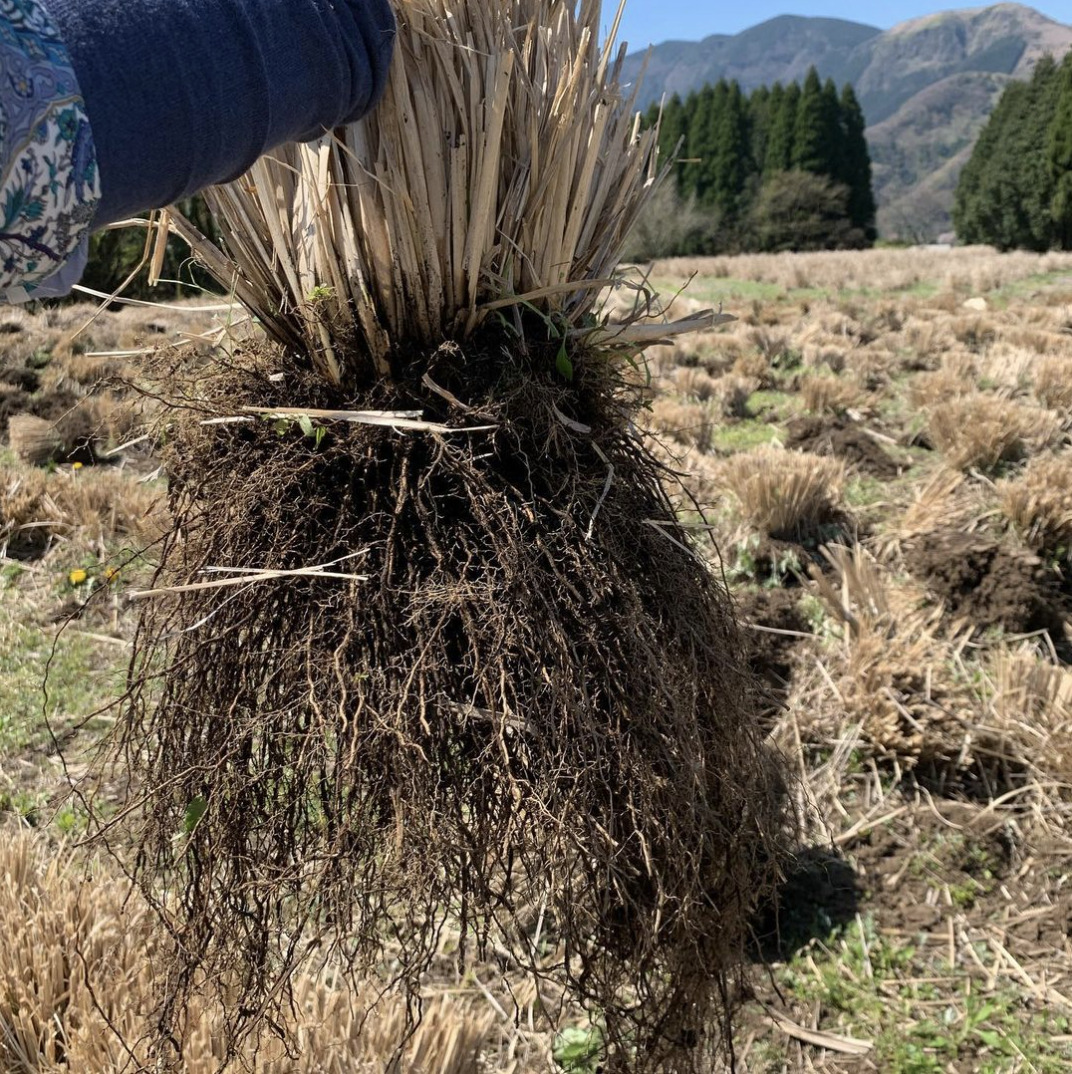
The roots must be dug out carefully so as not to damage them, and then the dirt must be gently washed off. For all the hard work, only about 1 milliliter of essential oil can be extracted from 1 kilogram of roots. That is the equivalent of about 20 drops of oil. It turned out to be a much more expensive and rare product than they imagined, so turning it into a profitable business was very difficult.
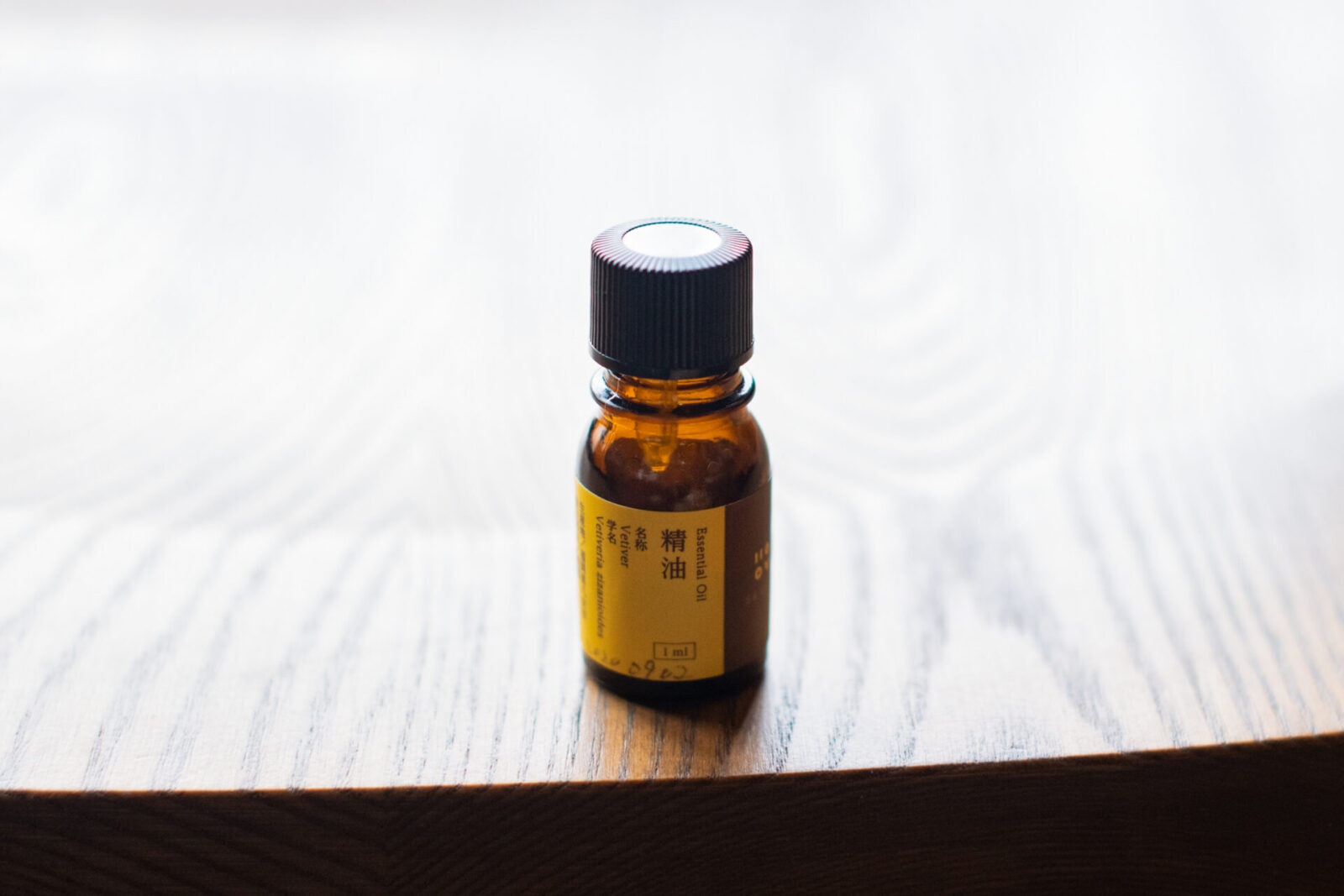
This is why Katayama began looking into herbal water. Herbal water is a side-product made during the process of distillation of making essential oils.
While studying the product in study groups, she learned that herbal water in French is “hydrolat,” meaning nutritional water, which was a common household remedy and a method of preventative medicine. Because essential oils have a quicker effect, are easier to store, and earn a bigger profit, hydrolat lost popularity to oils but it has a longer history of use.
Vetiver plants have antiseptic properties to begin with so they don’t oxidize easily and can be stored at room temperature. There are some minor conditions that need to be met, but it was a good plant to make herbal water with.

By utilizing both the essential oils and the herbal water, Katayama believed she found a way to create a sustainable business with vetiver.
Eventually, the Japanese vetiver brand SAnoSA was launched. The brand name and logo signifies their desire to share the riches of nature of the Japanese countryside. They use natural biodynamic farming methods to grow and commercialize vetiver products and promote its appeal.
The vetiver blend tea was developed through a collaboration with (THISIS)SHIZEN.
“I really love the fragrance of vetiver and wanted to create a product that allows you to directly consume the plant into your body. (THISIS)SHIZEN really helped in the development of this product and understands the true essence of vetiver.”
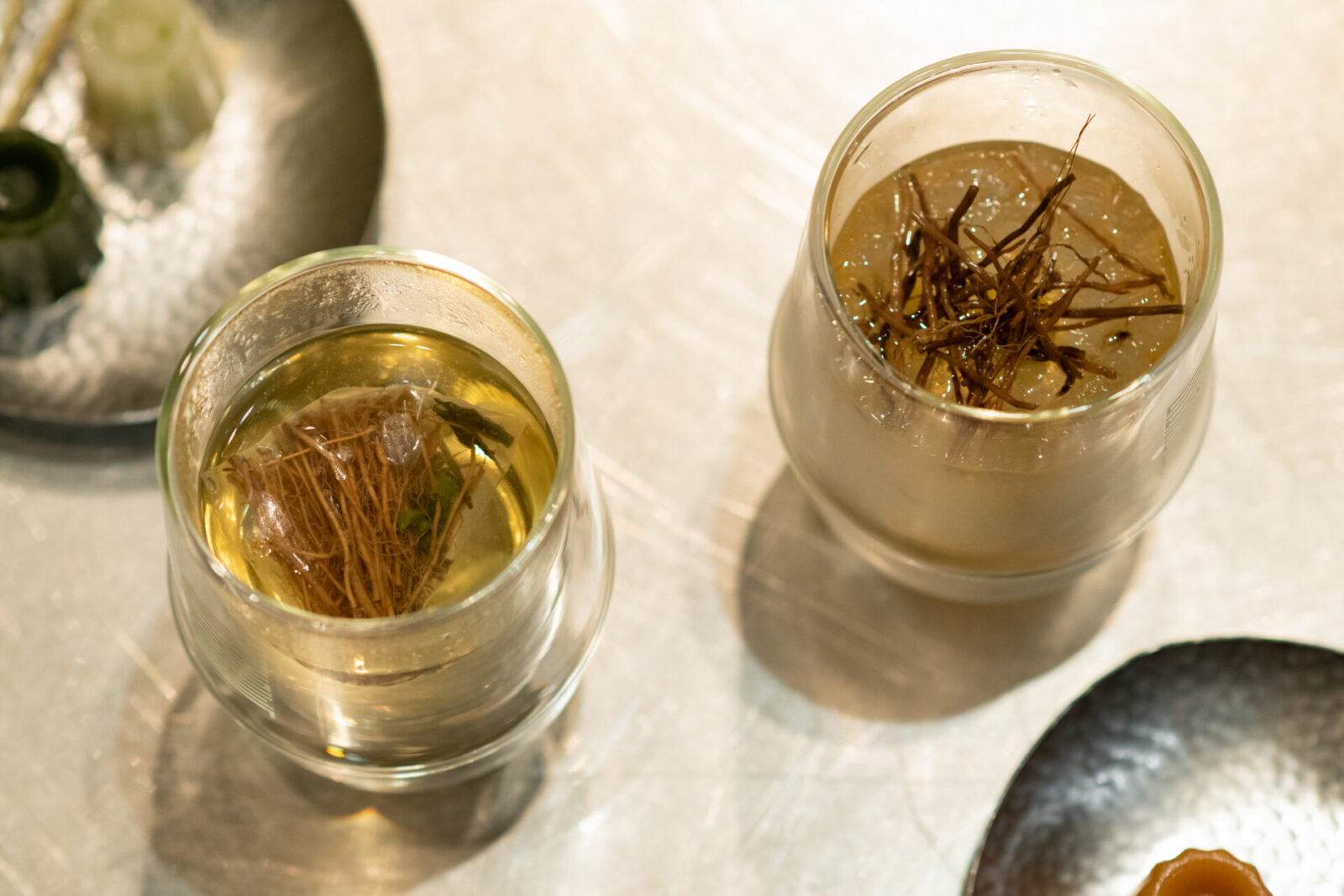
More than just a deodorant
Vetiver is often used as the base ingredient for perfumes, such as CHANEL N°5, for example. It works well as a base scent, but on its own it is very pungent so it is not favored by a lot of people.
However Katayama claims, “The vetiver that we grow in Hoshinomura is unlike other vetiver.”
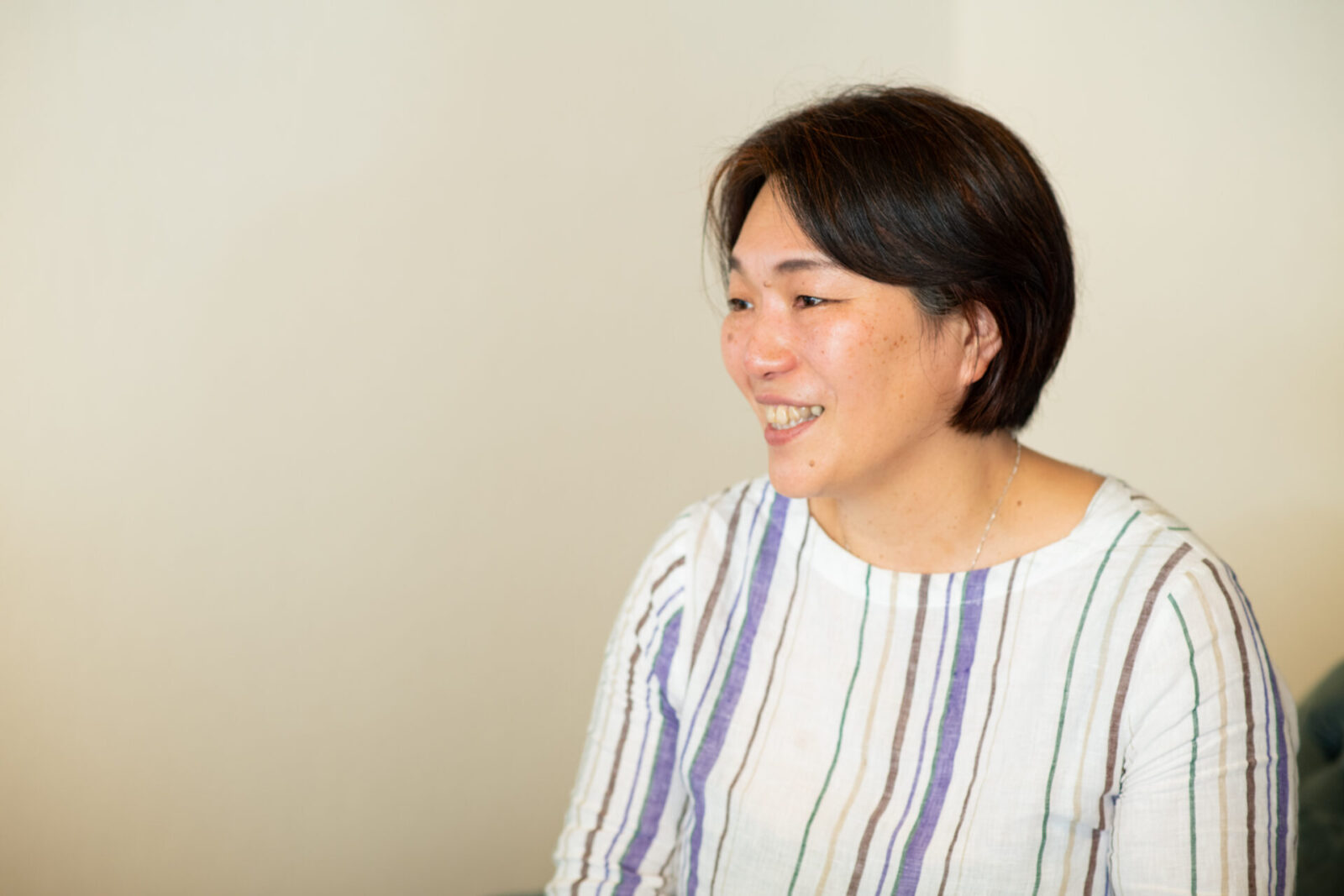
“It has a very soft and comforting fragrance. If you apply it to your hand, it turns into a sweet smell after some time. The vetiver that we import from overseas has such a strong fragrance that it needs to be blended to enjoy the smell, but our vetiver is not like that. Perhaps it is the difference in soil and environment. We don’t really know for sure.”
“A monk in India once told me that he waters the vetiver plants in the garden before his morning prayers, and that creates a fragrance in the air that helps cleanse his mind.”
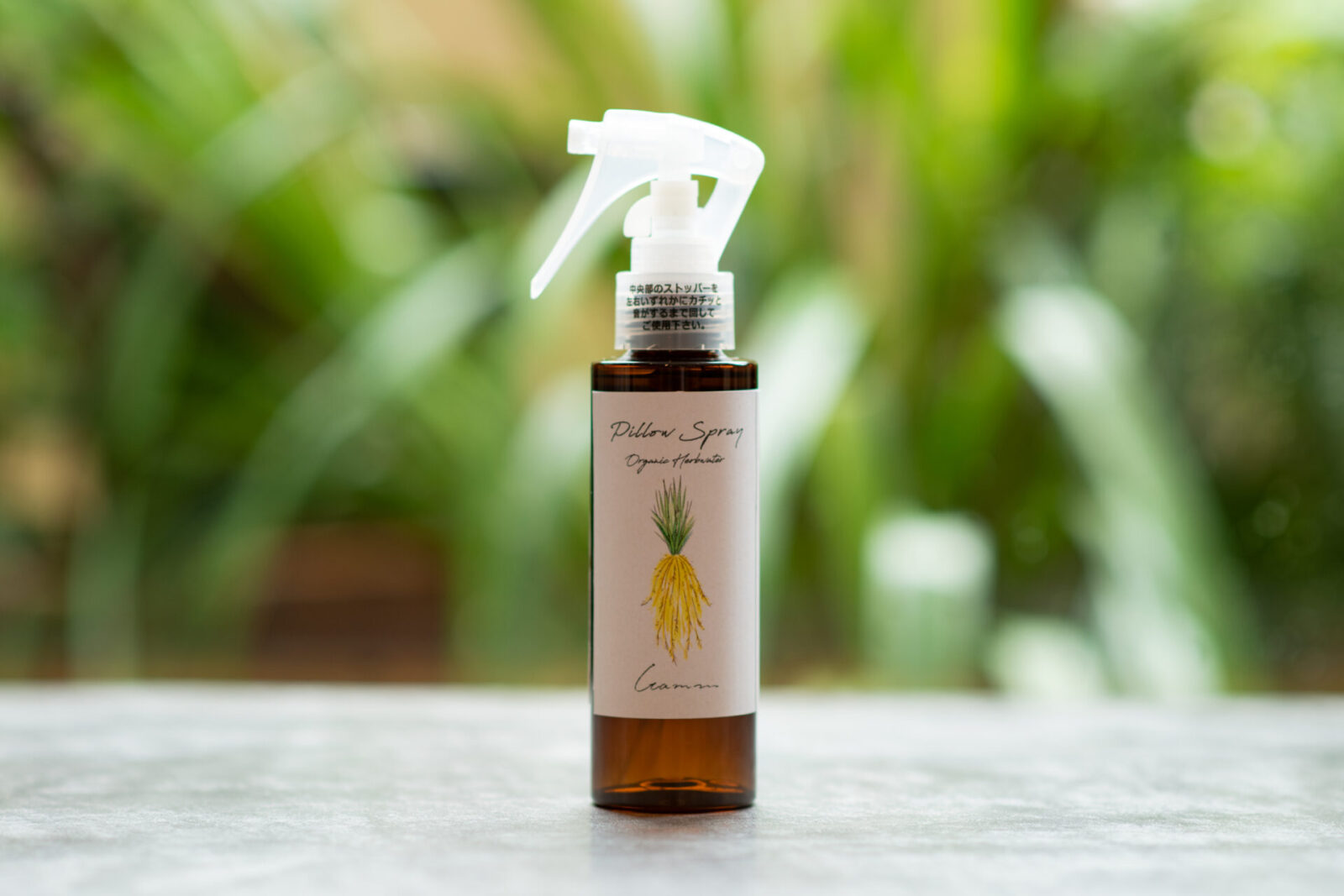
Vetiver is also well known for its deodorizing effects. It eliminates odors that are hard to get rid of and is used in hospitals and nursing care facilities.
Floral and citrus scents tend to evaporate quickly, but vetiver helps to maintain their fragrance longer. That is why vetiver is well suited to be the base ingredient to blend perfumes and aroma oils.
“I believe vetiver is so versatile that its use goes beyond deodorizing and aroma products. I think it can be used to help the human mind”
When Katayama held an exhibition at a department store event, she encountered several people who shed some tears after they smelled the scent of vetiver. While talking to Katayama, who provides consulting on Bach flower remedies, many said that the scent of vetiver made them feel safe and relaxed.
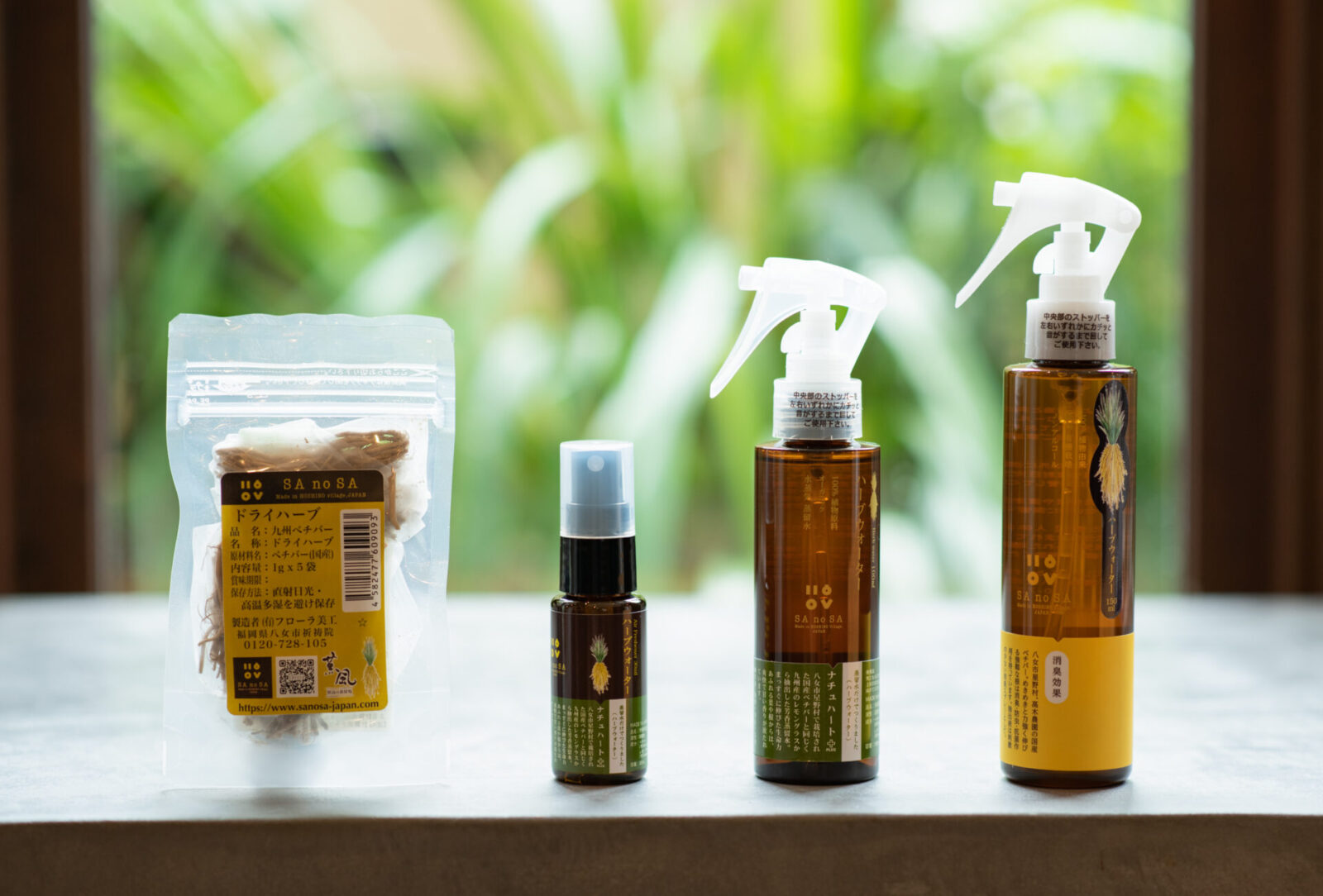
Creating a relaxing time and space with vetiver
The vetiver community is breaking and growing beyond boundaries of all genres.
Katayama is working with a Buddhist monk who is also a pharmacist and teaches medicine through Buddhist teachings. They are researching the various effects of vetiver while reading scriptures and even hold workshops. With her teacher from France, she is continuing research and development of herbal waters.
In August, Katayama opened a unique aroma school in Hoshinomura with the people in the vetiver community. They held plant and aroma lectures and also workshops that provide unique experiences of the region, such as harvesting and distilling vetiver, plant dyeing, and more.
The workshops were held in a 270-year-old traditional Japanese farmhouse. The meals were made from locally grown, in-season vegetables provided by local farmers. For those who spent the night, they enjoyed a night sky full of stars and bathing in the local hot springs.
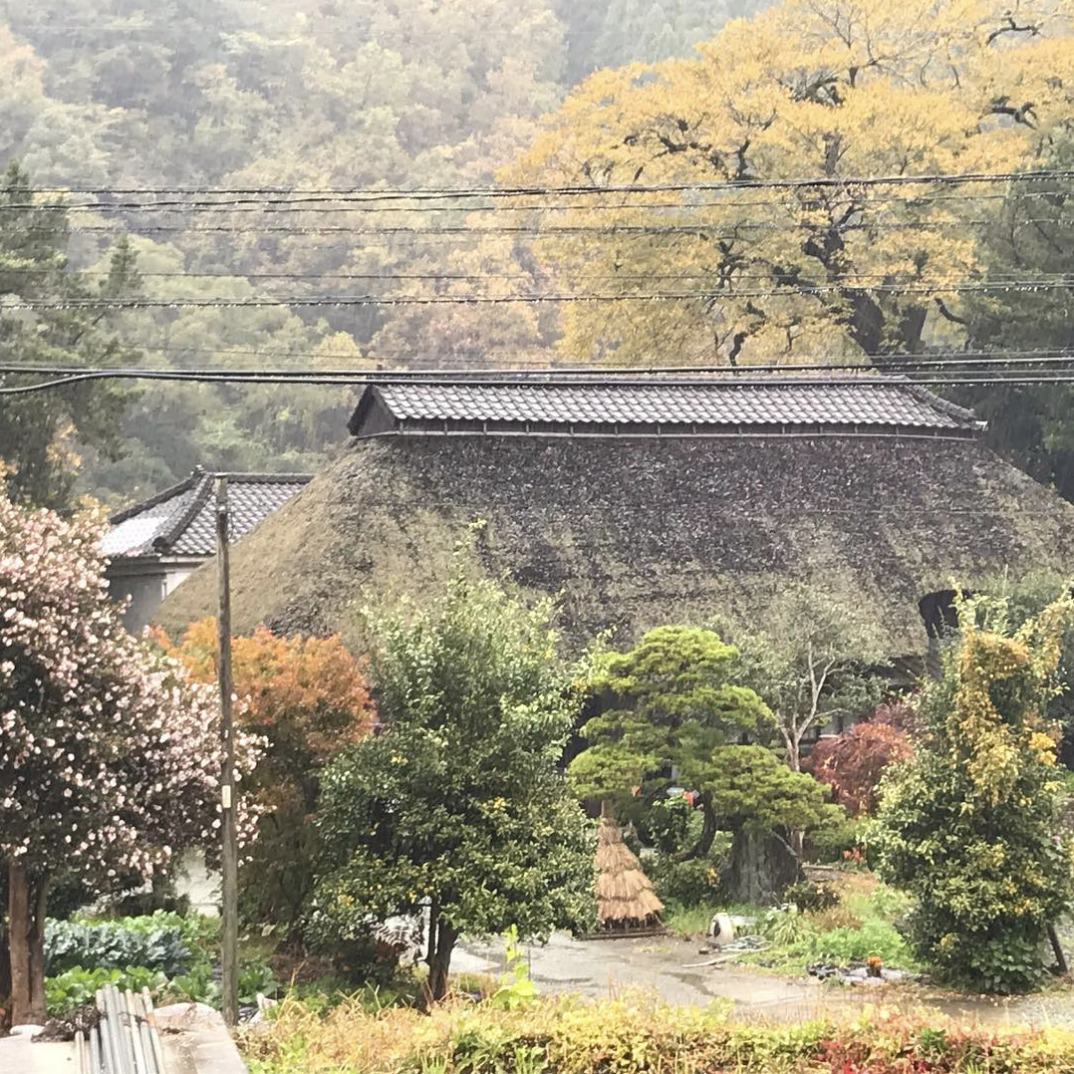
It takes about an hour to walk to and from the vetiver plantation, but walking through the woods in the mountains provides a relaxing moment and energizes the body.
Katayama shares that those who visit Hoshinomura happily say that “the air is different”or that “the cells of their bodies become regenerated,” and she hopes to create a place where people can comfortably enjoy an enriching experience.
Katayama says that vetiver is like a guide who is guiding her path.
“We wonder what our lives mean and where we are headed. When we feel lost or overwhelmed, vetiver provides us a chance to accept ourselves for who we are and relax. It helps our emotions become more positive so we can take on the challenges we want to pursue.”
Japanese vetiver is still not well known in Japan, but for the community surrounding this “relaxing herb,” it has helped create moments of peace. The root of the herb harmonizes with other ingredients to enhance the benefits of each other. One can see the spark of excitement in Katayama’s eyes as she talks about her passion for vetiver.
Photos: Yuko Kawahima
Translation: Sophia Swanson
Advisor to corporations, and local governments on promoting local tourism. Published work includes, “Aomori & Hakodate Travel Book” (Daimond), “San’in Travel: Craft and Food Tour” (Mynavi), “A Drunkard’s Travel Guide: Sake, Snacks, and Tableware Tour” (Mynavi). Her life work is to explore towns in her travels, drink at different shops and visit the workshops of different crafts. Interests include tea, the Jomon period, architecture, and fermented foods.
Editor and creator of the future through words. Former associate editor of Huffington Post Japan. Became independent after working for a publishing company and overseas news media. Assists in communications for corporates and various projects. Born in Gifu, loves cats.
